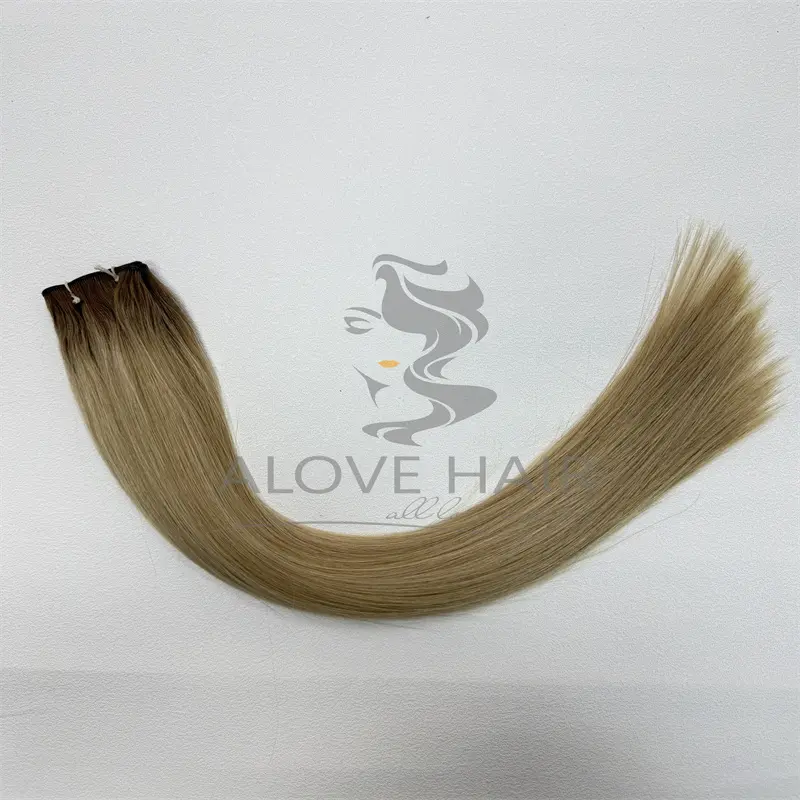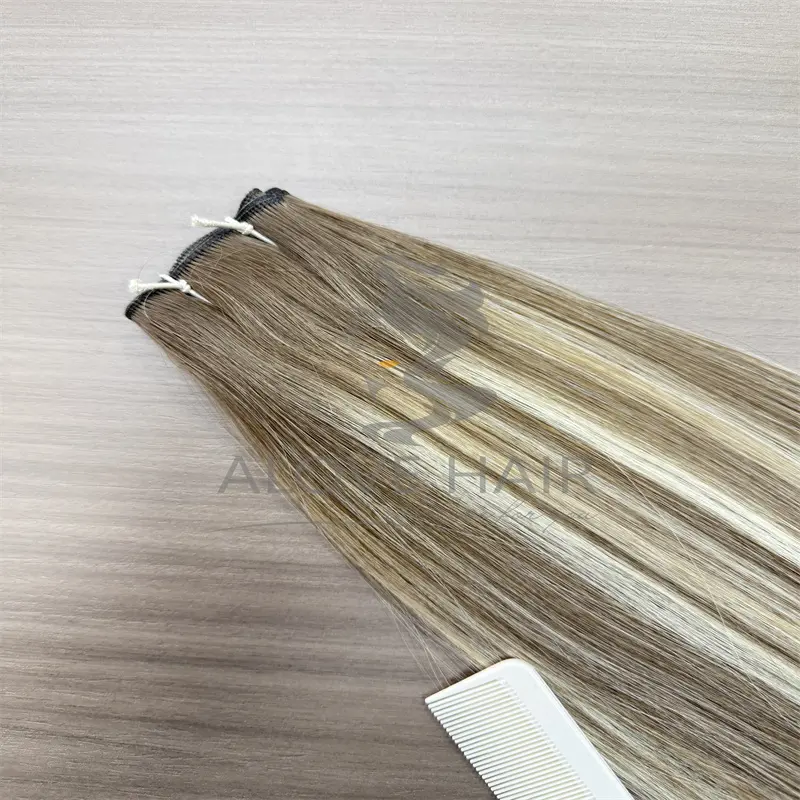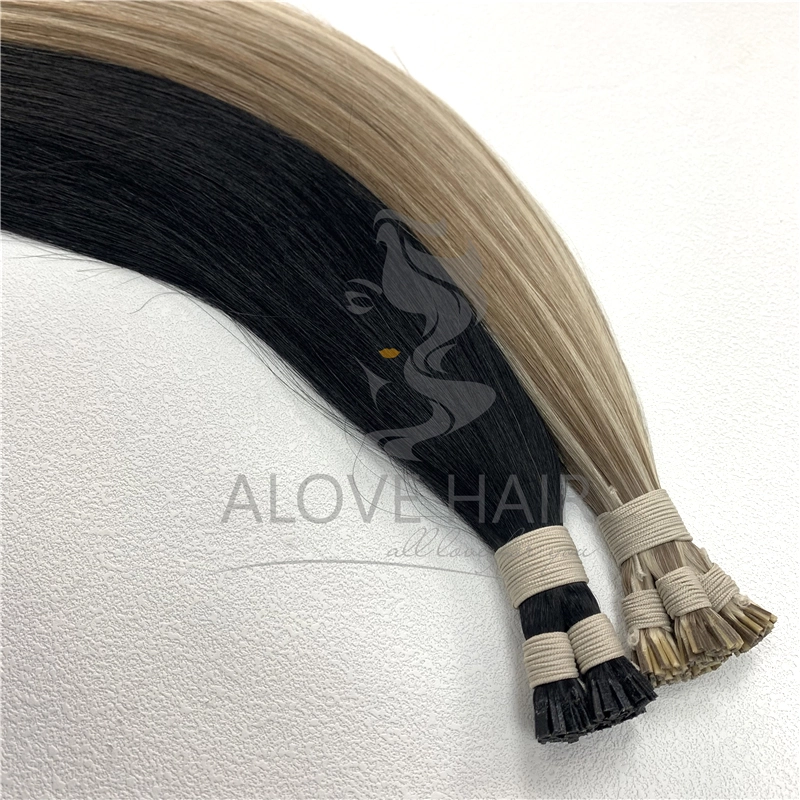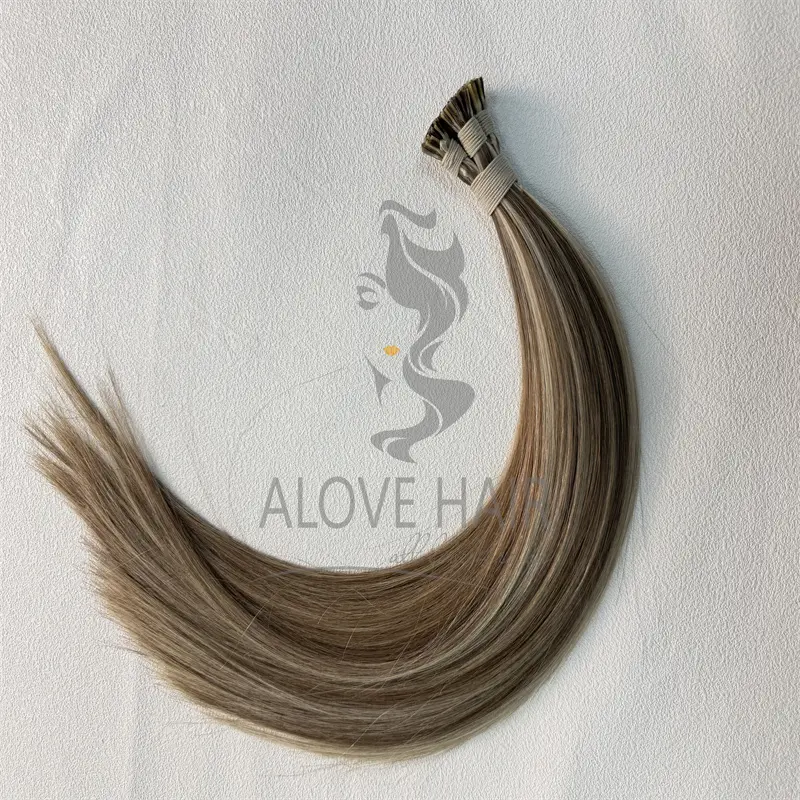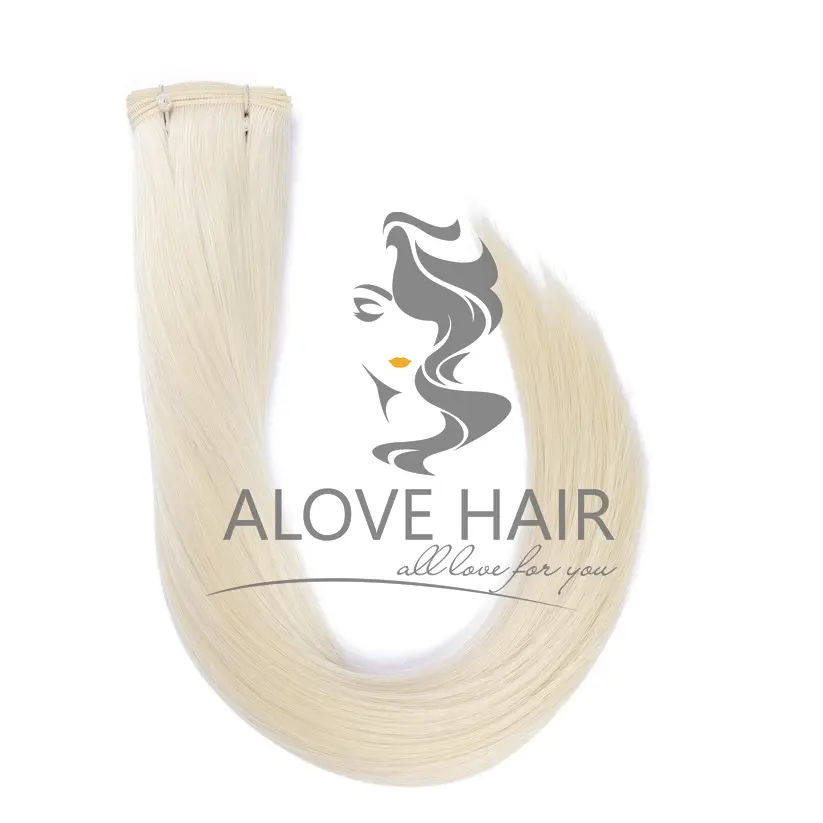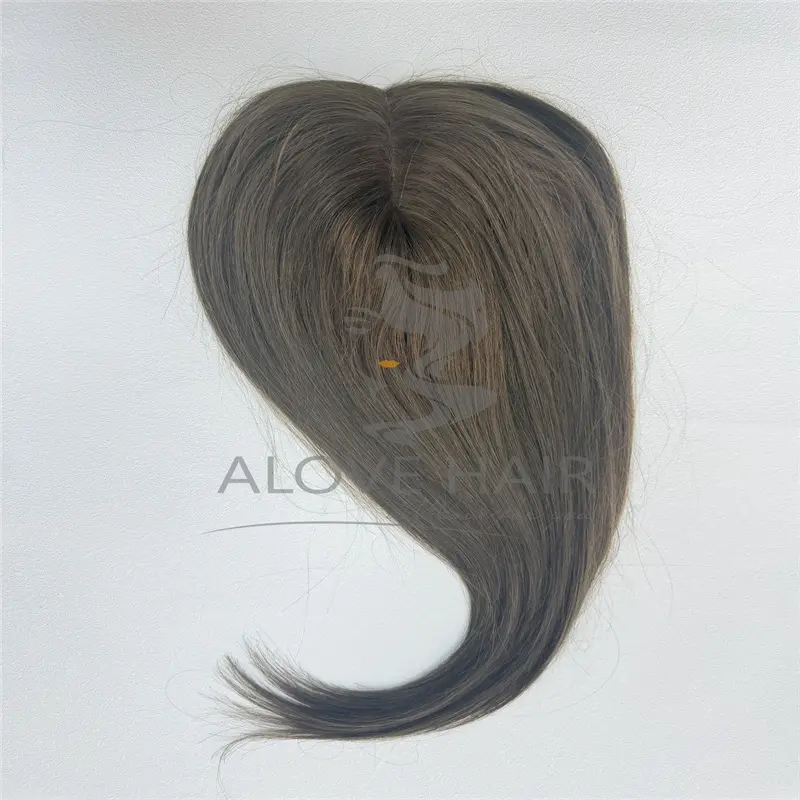When it comes to hair extension methods, both nano beads and microbeads are popular choices due to their discreet application and natural appearance. However, they differ in size, application techniques, and suitability for various hair types. This article will explore the differences between nano beads and microbeads, their respective advantages and disadvantages, and provide guidance on which method may be best for different hair types and personal preferences.
Nano Beads
What Are Nano Beads?Nano beads are tiny beads, typically about 90% smaller than traditional microbeads, used to attach hair extensions to natural hair. They are designed to be virtually invisible, making them an excellent choice for those seeking a seamless and discreet look.
Advantages:
Discreet Application:
Due to their small size, nano beads are almost undetectable, making them ideal for those with fine or thin hair.
Comfort:
The smaller beads are less bulky, providing a more comfortable experience for the wearer.
Natural Movement:
The lightweight nature of nano beads allows for more natural hair movement, enhancing the overall appearance of the extensions.
Versatility:
Suitable for various hair types and can be used to achieve a wide range of hairstyles.
Disadvantages:
Application Time:
The precision required for nano bead application can make the process time-consuming.
Durability:
Due to their small size, nano beads may be more prone to slipping or falling out, requiring more frequent maintenance.
Cost:
Nano beads tend to be more expensive than microbeads, both in terms of the beads themselves and the application process.
Microbeads
What Are Microbeads?Microbeads are small metal or silicone beads used to attach hair extensions to natural hair. They are larger than nano beads but still offer a relatively discreet and secure attachment method.
Advantages:
Durability:
Microbeads provide a strong and secure hold, making them less likely to slip or fall out.
Faster Application:
The larger size of microbeads allows for quicker application compared to nano beads, saving time during the installation process.
Cost-Effective:
Generally less expensive than nano beads, making them a more budget-friendly option for many people.
Variety:
Available in various sizes and colors, microbeads can be matched to the natural hair color for a more seamless look.
Disadvantages:
Visibility:
Due to their larger size, microbeads may be more visible, especially in fine or thin hair.
Comfort:
The larger size can sometimes feel bulky or uncomfortable, particularly for those with sensitive scalps.
Less Natural Movement:
Microbeads can be heavier, which may affect the natural movement of the hair extensions.
Choosing Between Nano Beads and Microbeads
For Fine or Thin Hair:
Nano Beads are the better option due to their small size and discreet nature, which blend seamlessly with finer hair without adding bulk.
For Thicker Hair:
Microbeads can provide the durability and secure hold needed for thicker hair types. The larger beads can be better concealed within more voluminous hair.
For Sensitive Scalps:
Nano Beads are preferable as they are lighter and less likely to cause discomfort or irritation.
For Budget-Friendly Options:
Microbeads are typically more affordable and quicker to apply, making them a cost-effective choice.
For Long-Term Wear:
Microbeads may offer better durability and require less frequent maintenance, making them suitable for those who prefer longer intervals between salon visits.
Conclusion
Both nano beads and microbeads offer unique benefits and are suitable for different hair types and personal preferences. Nano beads are ideal for those with fine or thin hair seeking a discreet and comfortable option, while microbeads provide a durable, budget-friendly choice for those with thicker hair or looking for a faster application process. Understanding the specific advantages and disadvantages of each method can help you make an informed decision, ensuring that your hair extensions look natural and feel comfortable.
How to Determine the Quality of Nano Beads vs. Microbeads
When choosing between nano beads and microbeads for hair extensions, it's important to consider the quality of the beads to ensure a secure, comfortable, and long-lasting application. Here are key factors to evaluate the quality of nano beads and microbeads:
Nano Beads
1. Material:
High-Quality Material: Look for nano beads made from high-grade materials such as copper or aluminum, which are durable and lightweight. Ensure they have a smooth, non-corrosive coating to prevent damage to natural hair.
Low-Quality Material: Beads made from cheaper metals or plastics are prone to rust, breakage, and may cause hair damage.
2. Size Consistency:
High-Quality Beads: Should be uniformly small, around 2.5mm in diameter, ensuring a discreet and comfortable fit.
Low-Quality Beads: May vary in size, leading to an uneven and less secure application.
3. Coating:
High-Quality Coating: Should be smooth and durable, preventing the bead from slipping and protecting the natural hair.
Low-Quality Coating: Rough or poorly applied coatings can cause slippage, breakage, and discomfort.
4. Inner Lining:
High-Quality Inner Lining: Beads should have a soft silicone lining to protect the hair and provide extra grip.
Low-Quality Inner Lining: Lack of or poor-quality lining can lead to hair damage and reduced grip.
Microbeads
1. Material:
High-Quality Material: Microbeads should be made from durable metals like aluminum or copper with a high-quality silicone lining inside.
Low-Quality Material: Beads made from inferior metals or without a lining can corrode, break, and damage hair.
2. Size and Shape:
High-Quality Beads: Uniform in size and shape, typically around 3-4mm in diameter, ensuring even distribution and secure attachment.
Low-Quality Beads: Inconsistent sizes and shapes can cause uneven application and discomfort.
3. Coating:
High-Quality Coating: Smooth, durable, and non-toxic coating that protects hair and prevents slippage.
Low-Quality Coating: Rough, uneven, or poorly applied coatings that can lead to hair damage and bead slippage.
4. Silicone Lining:
High-Quality Silicone Lining: Soft, high-quality silicone that cushions the hair and provides a strong grip.
Low-Quality Silicone Lining: Hard or absent lining that can damage hair and reduce the bead's hold.
General Tips for Assessing Quality
Brand Reputation:
Purchase from reputable brands or suppliers known for high-quality hair extension products. Check reviews and testimonials from other users.
Professional Advice:
Consult with a professional hair extension technician who can recommend high-quality beads and provide insights based on experience.
Packaging and Presentation:
High-quality beads often come in well-packaged containers with clear labeling. Poor packaging can indicate lower quality control standards.
Price:
While not always an indicator, extremely low-priced beads are often of lower quality. Investing in slightly higher-priced, quality beads can save you money and hassle in the long run.
Testing:
Before committing to a full application, test a few beads to assess their performance. Check for ease of application, comfort, and secure hold.
Conclusion
Assessing the quality of nano beads and microbeads involves examining the material, size consistency, coating, and inner lining. High-quality beads ensure a secure, comfortable, and long-lasting application, protecting your natural hair and enhancing the overall appearance of your extensions. Always opt for reputable brands, seek professional advice, and be cautious of unusually low prices to ensure you are getting the best quality beads for your hair extensions.

